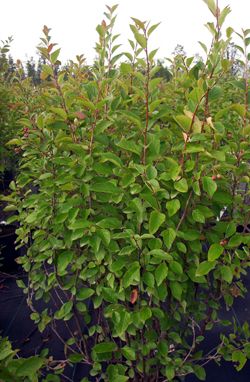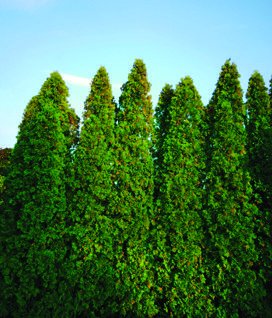Pruning
 Pruning may be second nature to the experienced gardener or yard enthusiast, but pruning can be rather tricky if you have never dealt with it before. When pruning is done correctly it encourages new healthy growth and flowering if it is a flowering plant. Pruning is also how you control the size, shape and form of your plants.
Pruning may be second nature to the experienced gardener or yard enthusiast, but pruning can be rather tricky if you have never dealt with it before. When pruning is done correctly it encourages new healthy growth and flowering if it is a flowering plant. Pruning is also how you control the size, shape and form of your plants.
Knowing where to start can be overwhelming just because of the sheer numbers of unique shrubs, trees and plants there are. Depending on what you are pruning and how much you are pruning the steps will be different. To be successful you must know what, where and when to cut and how much you plan to prune.
Maintenance pruning is when you regularly and selectively prune your plants. This is often done to maintain a desired shape or appearance. However, it will also keep your plants healthy for years to come. While you maintenance prune make sure to remove dead wood, broken branches, and wounds caused by branches rubbing together. This will help prevent pests and disease.
This type of pruning begins at planting time. It is one of the best types of preventative maintenance that young plants can receive. At planting you want to remove only diseased, dead, or broken branches. These are things that can be removed at any time. Any branches that pose any kind of safety risk can also be removed at any time. It is more important to prevent damage to people and property than to worry about damaging the plant. You can begin pruning to shape your plant during the dormant period in late winter or early spring when buds are visible. This is the best time to prune because the plants are not actively growing yet. If you prune your plants at the wrong time you may miss out on that plants blooms for the season or end up with excess new growth.
However, there are exceptions to this rule. Plants that grow on old wood, or last year's growth, such as lilacs, apple trees, forsythias, azaleas and rhododendrons. It is best to prune these early spring bloomers shortly after they flower. This way you avoid cutting off buds that are forming for the coming season. Be sure to prune these types of plants immediately after they finish flowering. If you wait too long you may sacrifice flowering for the following season, as they need sufficient time before fall to form next years buds.
When you prune it is important to remember that you can safely remove up to one-third of the plants growth. If you are hard pruning you will cut back the plants branches by half or even two-thirds, but not all plants can handle this drastic type of pruning. It is better to be cautious and cut too little rather than too much. Cut branches back to a quarter of an inch above an outward facing bud. Make straight, not slanted, cuts to minimize wounding the plant. This ensures the smallest possible damage and the quickest recovery time.

Click here to learn when to prune different plants.
The most important thing to remember about pruning is that if you do not have a reason to prune then do not do it. Shrubs do not necessarily require pruning to flower or maintain their health. If you were happy with the shape and performance of your plant the year before you do not need to prune it.
If you have any quesitons please feel free to give us a call at 651.450.1501.
